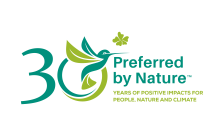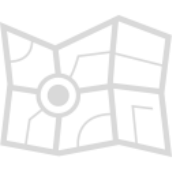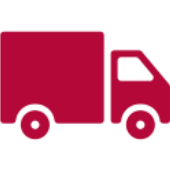Timber Risk Score: 88 / 100 in 2019. The Timber Legality Risk Assessment contains an evaluation of the risk of illegality in Latvia for five categories and 21 sub-categories of law. We found:
- Specified risk for 2 sub-categories.
- Low risk for 15 sub-categories.
- No legal requirements for 4 sub-categories.
This page provides an overview of the legality risks related to timber produced in Latvia.
52% (3.35 million ha) of Latvia is covered by forests of which:
- About 81% is naturally-regenerated forest
- About 19% is planted forest.
Roundwood production totalled 12.3 million m3 in 2015. The forestry sector (including wood processing and pulp and paper) contributed US$ 1.7 billion to the economy in 2011, or nearly 6.5% of the GDP.
Risk is present in Latvian timber supply chains. The risks relate to timber harvesting activities and trade and transport. If you are sourcing timber from Latvia you should take care to ensure the risks identified are not present in your supply chains, or have been sufficiently mitigated.
This risk assessment was prepared between 2014-2018 according to the FSC-STD-40-005. The approved FSC Risk Assessment can be downloaded in the FSC Document Centre. ONLY Risk Assessments that have been formally reviewed and approved by FSC can be used by an FSC candidate or certified companies in risk assessments and will meet the FSC standards without further verification.
View the page in Estonian, Latvian, Lithuanian
Score: 59 / 100 in 2021
Rank: 36 out of 180 countries in 2021
There are currently no armed conflicts in Latvia according to the Council on Foreign Relations' Global Conflict Tracker
FSC Certified Forest Area: 1,046,787 hectares (3 January 2019)
PEFC Certified Forest Area: 1,698,405 hectares (September 2018)
Information Gathering
Timber sources
- Find out the different sources of legal timber
- Determine which source type your timber comes from
| Timber source types | Description of source type |
|---|---|
|
State forest |
Timber from state-owned production forest |
|
Private forest |
Timber from privately-owned production forest |
| Protection/conservation forest | Timber from protection/conservation forest |
Risk Assessment
Risk Assessment Summary
|
|
No specified risks identified. See full risk assessment for details |
|
|
No specified risks identified. See full risk assessment for details |
|
|
Risk that health and safety laws are not complied with, e.g. through a lack of compulsory health examinations for workers, failure to maintain and document maintenance of equipment, lack of health and safety action plan, and lack of health and safety training |
|
|
No specified risks identified. See full risk assessment for details |
|
|
Risk that operators at forest level do not implement a due diligence system to avoid placing illegal timber on the EU market |
Risk Mitigation
Mitigate the risks in your supply chain
Learn which actions we recommended to mitigate the risks associated with the timber sources from Latvia.
Source Certified Materials
NEPCon believes that third party certification (for example FSC and PEFC certification) can provide strong assurances of the legality of the products they cover. Companies seeking to mitigate the risks of sourcing illegal timber should seek to purchase third party certified materials wherever possible.
While the European Timber Regulation does not include an automatic “green lane” for certified products, it does recognise the value of certification as a tool for risk assessment and mitigation. The European Commission says that companies “may rate credibly certified products as having negligible risk of being illegal, i.e. suitable for placing on the market with no further risk mitigation measures, provided that the rest of the information gathered and the replies to the risk assessment questions do not contradict such a conclusion.”
For more information on using certified materials in your due diligence, including how to assess whether a certification system meets EUTR requirements, see the page on Certification and Due Diligence.
Mitigation recommendations
Below is a summary of our recommended actions to mitigate the risks associated with timber sources from Latvia.
1. Fully map your supply chain
- Our supply chain mapping tool can help you do this.
2. Obtain and verify documents
- Health and safety related documents
- Evidence of a recognised third party certification system covering health and safety procedures such as OHSAS or contractor certification
- Valid contract (of logging company) with FSC FM/CoC-certified operation for providing logging services
- Documented health and safety procedures in place that ensure that all staff involved in the logging operation have all required personal protection required by the legislation
- Trade and transport documents
- Documented due diligence system
3. Carry out on-site verification
- Verify that staff have legally required personal protection equipment
- Verify that legally required health and safety requirements are followed










 Legal Rights to Harvest
Legal Rights to Harvest Timber harvesting activities
Timber harvesting activities Third parties’ rights
Third parties’ rights Trade and transport
Trade and transport